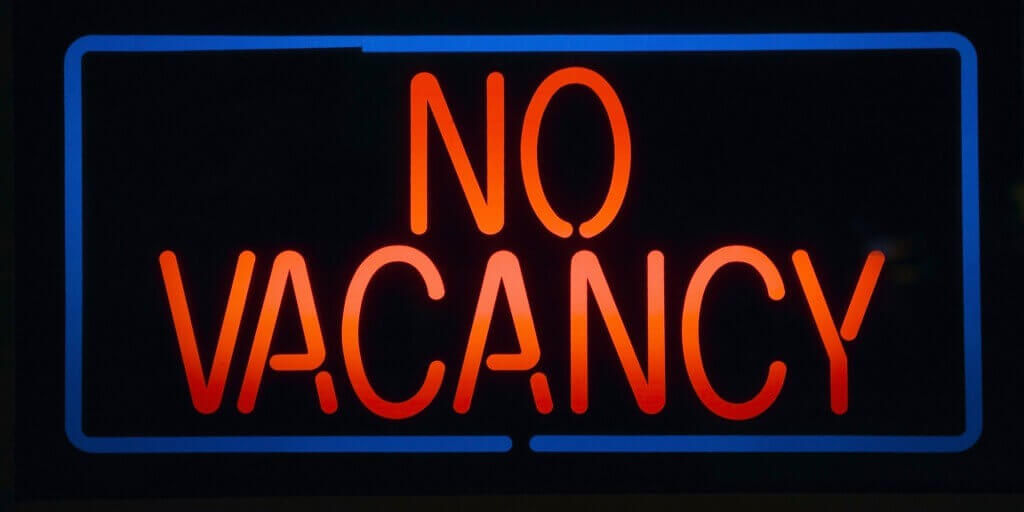
The GM dropped in on the Front Office meeting and congratulated everyone on the FO team for handling four ‘perfect sell’ days last week. Four in the past five days…he brought cupcakes! The GM and many in revenue management believe that if all the rooms in their property or portfolio are occupied 100% percent of the time, then they will achieve maximum financial performance.
In our experience this is actually a short-sighted strategy for several reasons. Let’s look at the three biggest myths of the ‘Perfect Sell’.
Myth 1: A perfect sell means more money
In some cases, total potential revenue and actual ADR can drop on perfect sell days in the final analysis. Why?
First, Sales may have acted very aggressively, dropping rates to acquire room nights to secure 100% occupancy. This is especially true if there are sales incentives tied to 100% occupancy as we have seen in many different markets.
Second, because the hotel is sold out (and likely overbooked in order to achieve sold-out status), there are inevitably too many reservations for the lowest category room. As a result, the front office ends up having to give away suites for free because they have to put heads in beads. Giving away suites to overbooking reduces their value and ADR.
Third, any ‘moment-of-arrival’ upgrade program at check-in gets minimized due to lack of availability, and in some brands this is worth hundreds of thousands of dollars per room per year. The math is pretty straight forward – if your most common or desirable room category upgrade is $100 more a night, and your average length of stay is 3 nights, that one upgrade is worth $300. If your front office did one upgrade a day for a month, it would be worth $9,000; multiply by 12 and you have $108,000 in incremental revenue from one upgrade a day.
Read rest of the article at eHotelier




